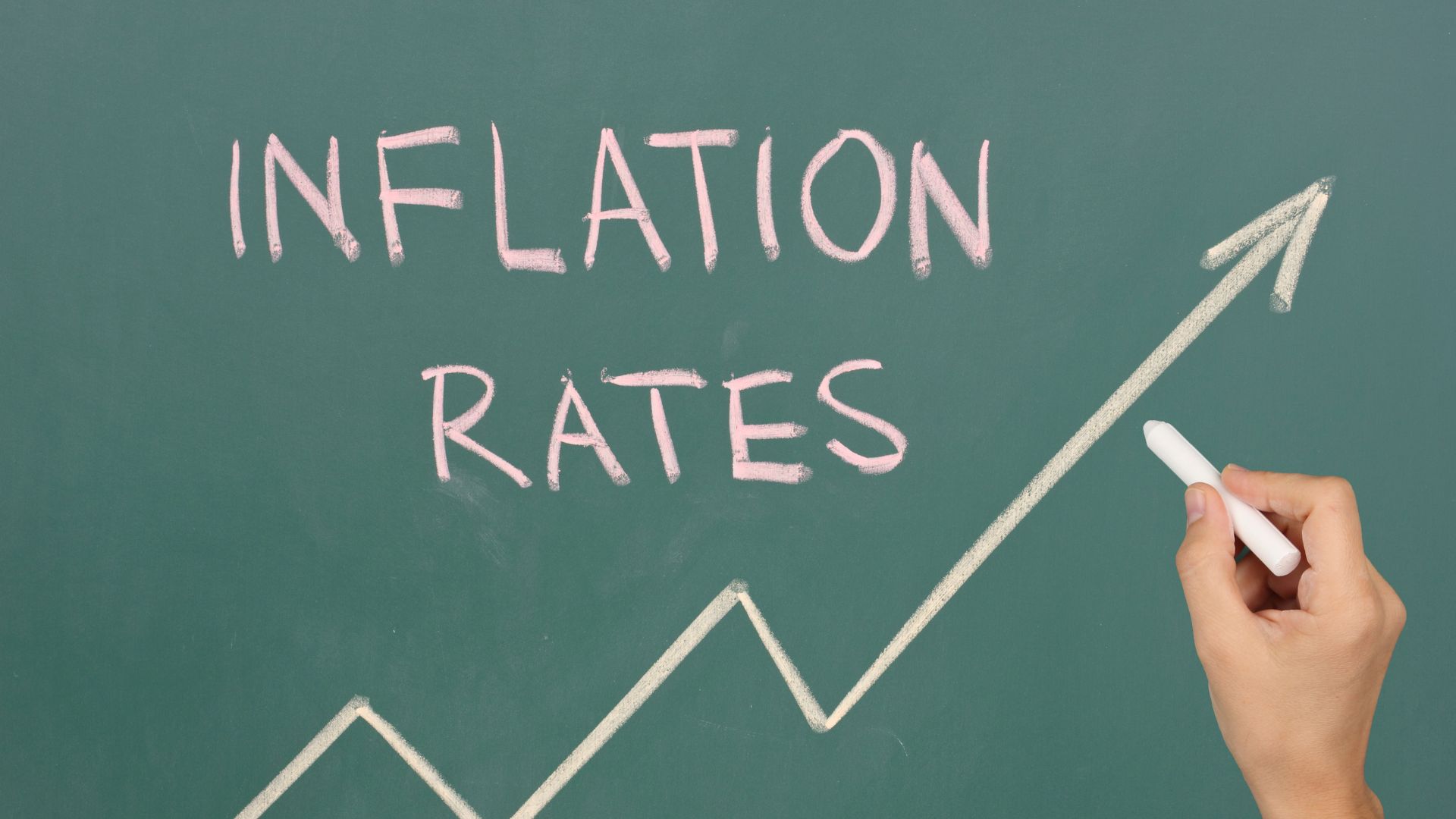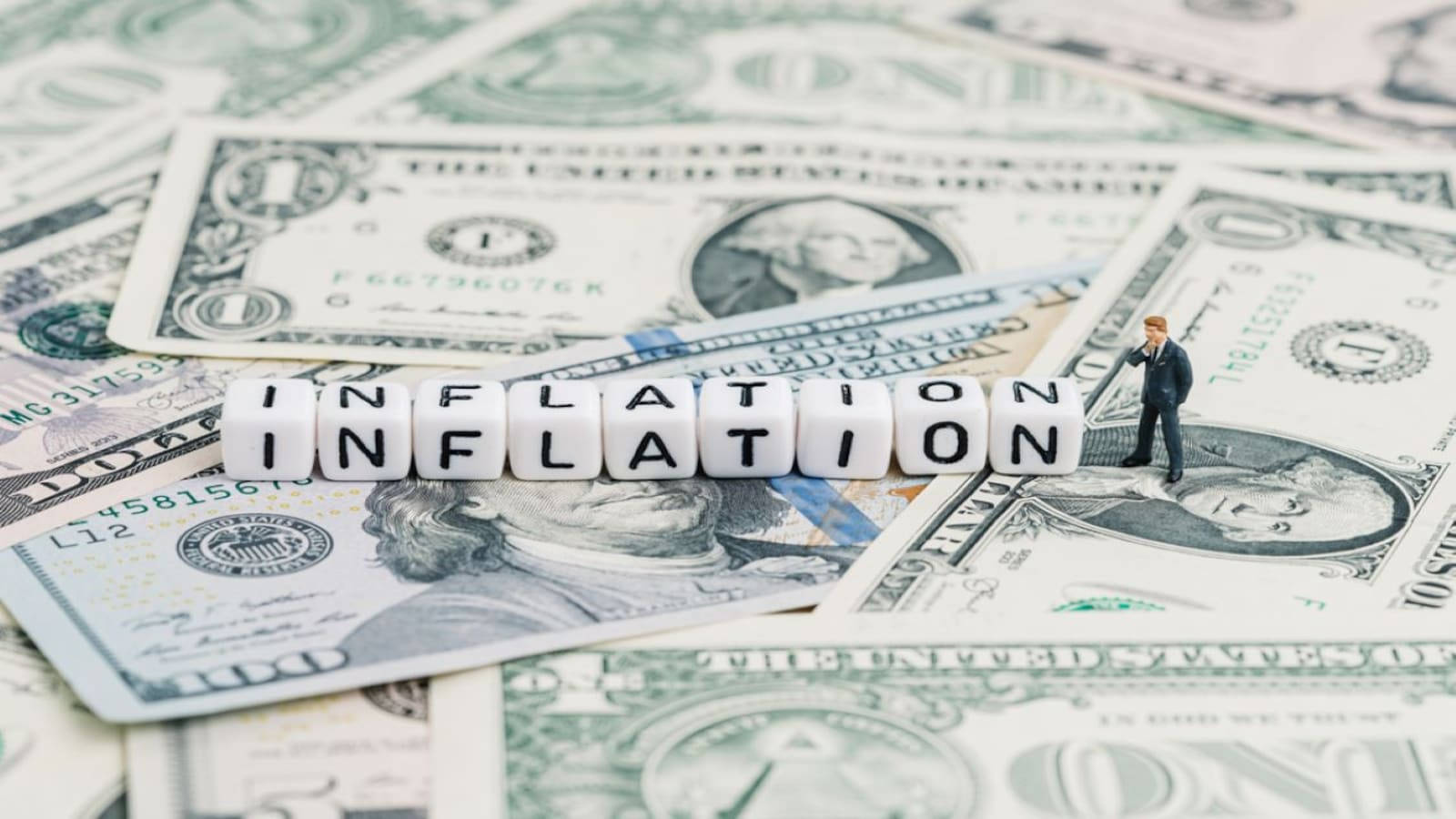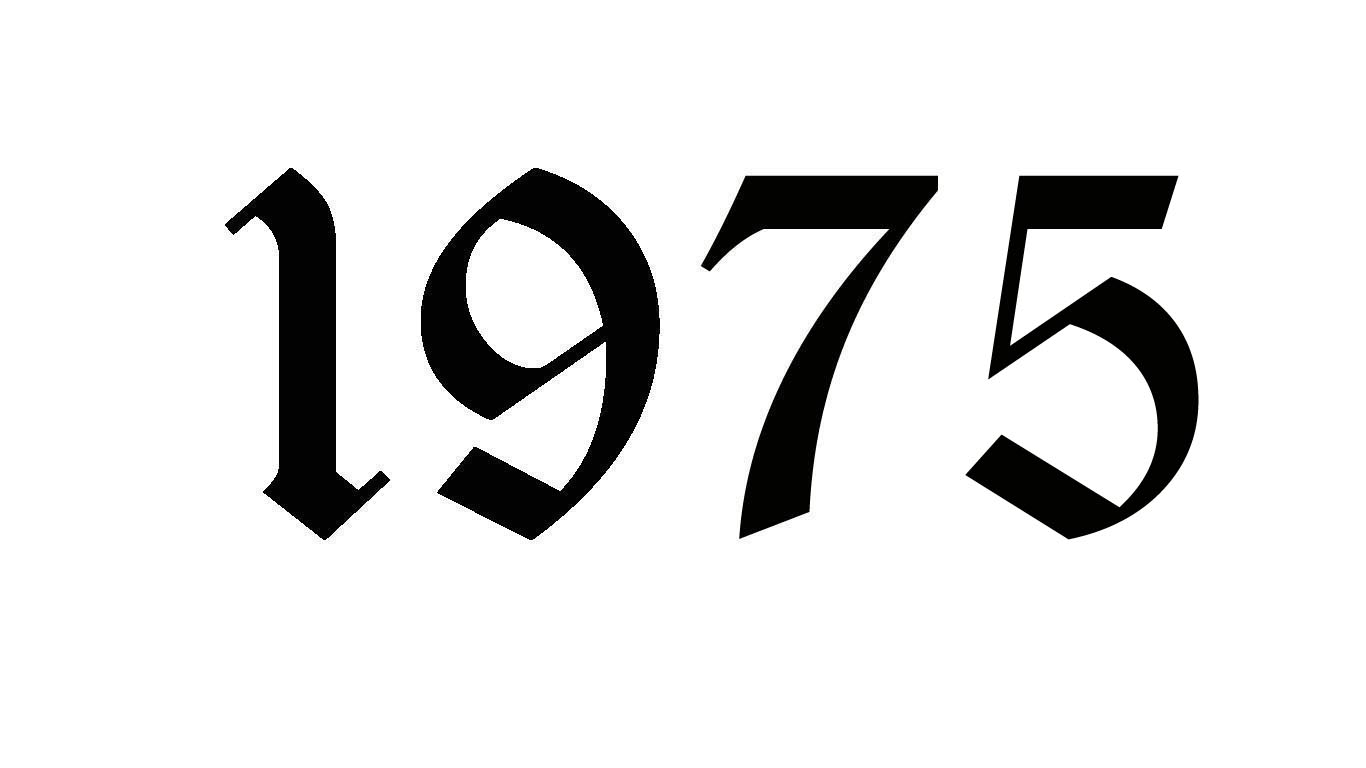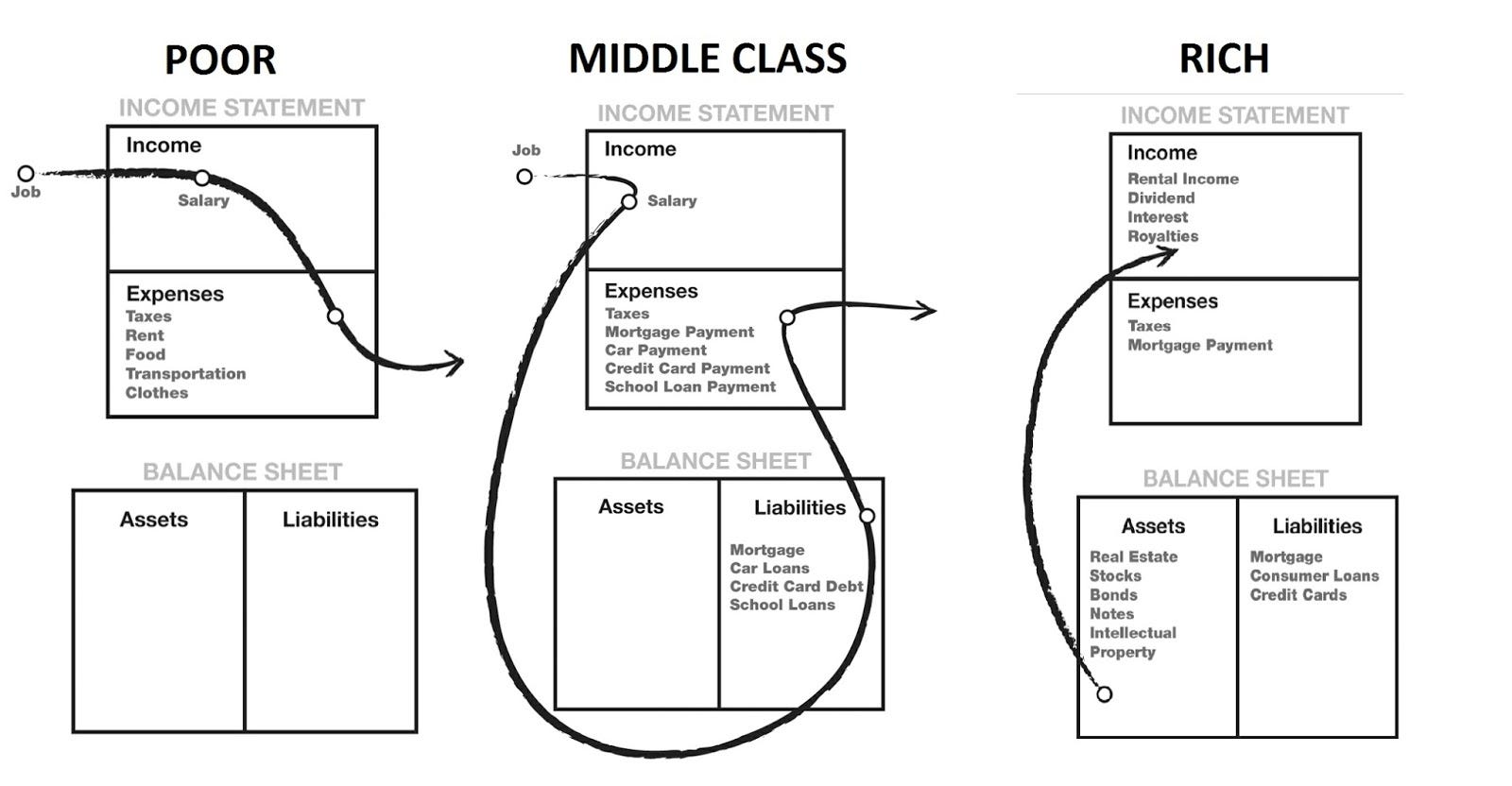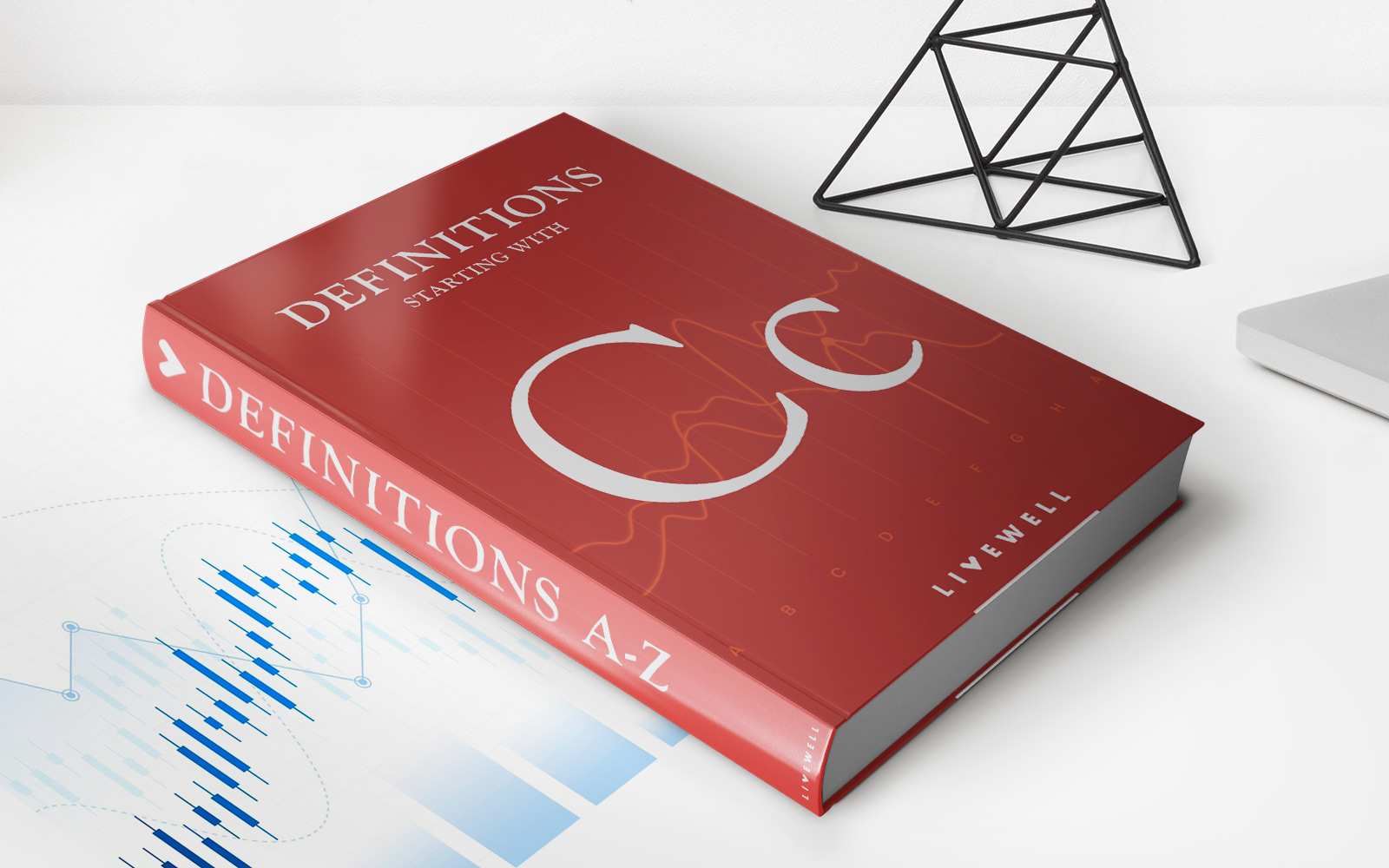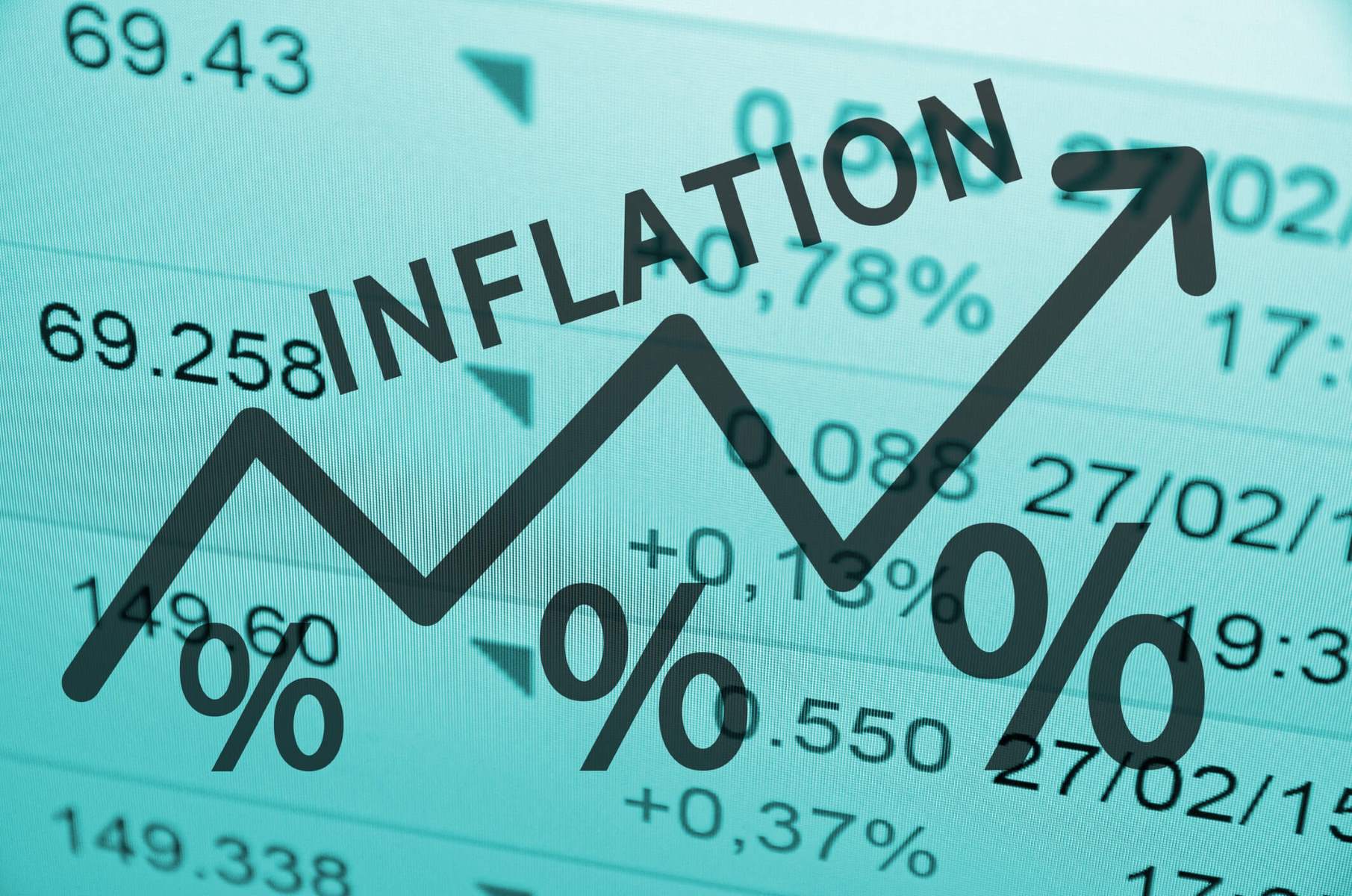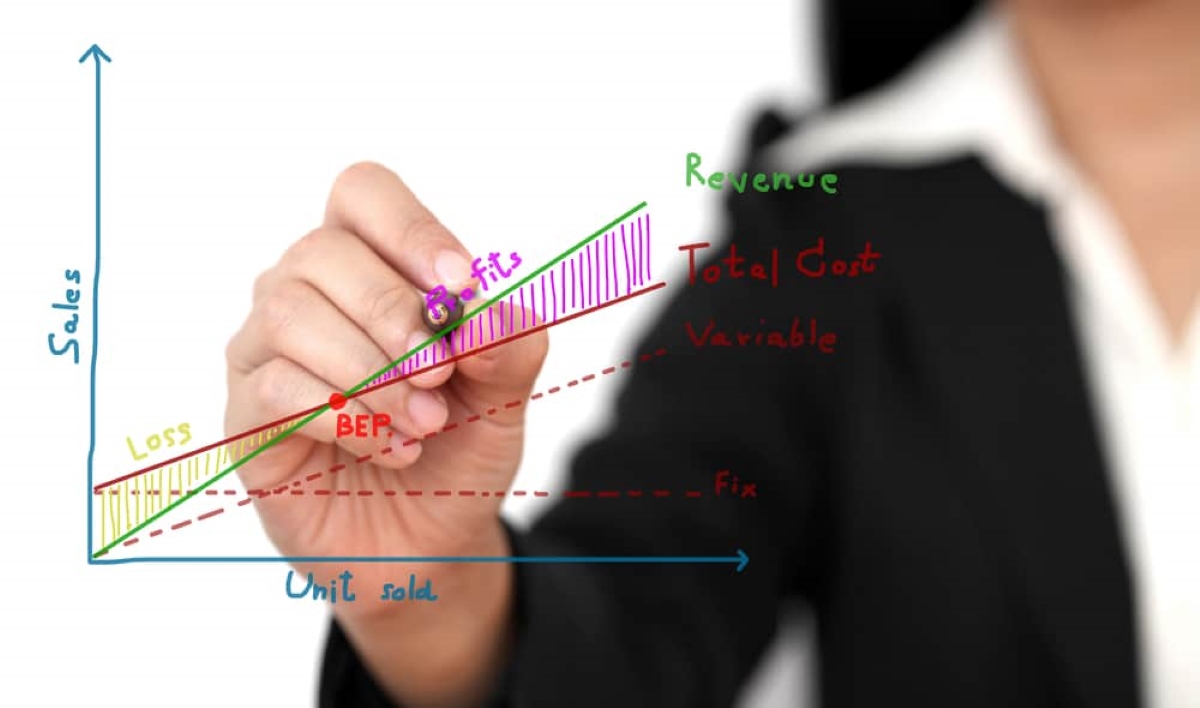

Finance
What Is The 10-Year Breakeven Inflation Rate?
Published: October 19, 2023
Learn about the 10-year breakeven inflation rate in the world of finance, and how it impacts investments and economic forecasts.
(Many of the links in this article redirect to a specific reviewed product. Your purchase of these products through affiliate links helps to generate commission for LiveWell, at no extra cost. Learn more)
Table of Contents
- Introduction
- Understanding Inflation
- The Importance of Inflation Expectations
- Definition of the 10-Year Breakeven Inflation Rate
- Factors Influencing the 10-Year Breakeven Inflation Rate
- Calculation and Interpretation of the 10-Year Breakeven Inflation Rate
- Uses and Significance of the 10-Year Breakeven Inflation Rate
- Limitations and Criticisms of the 10-Year Breakeven Inflation Rate
- Conclusion
Introduction
Inflation is a key economic indicator that affects individuals, businesses, and governments worldwide. It measures the rate at which the general price level of goods and services in an economy is rising and eroding the purchasing power of money over time. As inflation plays a significant role in shaping monetary policy decisions, managing investments, and predicting economic trends, it is crucial for investors, policymakers, and analysts to understand and accurately predict inflationary expectations.
One important measure used to gauge inflation expectations is the 10-Year Breakeven Inflation Rate, also known as the 10-Year Breakeven Rate or simply the Breakeven Rate. This financial metric helps investors and analysts assess the market’s expectation of average annual inflation over the next ten years.
The 10-Year Breakeven Inflation Rate is derived from the difference between the yields of 10-year Treasury Inflation-Protected Securities (TIPS) and 10-year nominal Treasury bonds. TIPS are government-issued bonds that protect investors against inflation by adjusting their principal value based on changes in the Consumer Price Index (CPI), which measures the average price changes of a basket of goods and services.
Understanding and monitoring the 10-Year Breakeven Inflation Rate can provide valuable insights into future inflation trends. It helps investors make informed decisions regarding asset allocation, portfolio diversification, and hedging strategies. In addition, policymakers and central banks closely monitor this rate as part of their efforts to maintain stable economic growth and price stability.
However, it’s important to note that the 10-Year Breakeven Inflation Rate is just one tool among many for assessing inflation expectations. It should be used in conjunction with other economic indicators, such as consumer sentiment, job market data, and monetary policy announcements, to gain a comprehensive understanding of inflationary pressures.
In this article, we will delve deeper into the concept of the 10-Year Breakeven Inflation Rate, its calculation, interpretation, and its importance in the world of finance. We will also explore the factors that influence this rate, its uses, and limitations.
Understanding Inflation
Inflation is a fundamental concept in economics that refers to the general increase in prices of goods and services in an economy over a specific period of time. When inflation occurs, the purchasing power of money decreases, as individuals need to spend more to buy the same goods and services.
Inflation is typically measured using inflation rates, which indicate the percentage change in the price level over a specific time period, usually a year. Central banks and governments closely monitor inflation rates as they play a pivotal role in formulating monetary and fiscal policies.
There are several causes of inflation, including:
- Demand-Pull Inflation: This occurs when there is an increase in aggregate demand for goods and services, surpassing the economy’s capacity to produce them. The excess demand increases prices as consumers compete for limited resources.
- Cost-Push Inflation: This type of inflation is driven by increased production costs, such as wages or raw materials. When businesses face higher costs, they pass them on to consumers through higher prices.
- Monetary Inflation: Monetary factors, such as an increase in the money supply, can also lead to inflation. When there is more money in circulation, each unit of currency becomes less valuable, causing prices to rise.
Inflation has both positive and negative effects on the economy. Mild inflation is often viewed as an indicator of a healthy economy, as it suggests that consumers and businesses have confidence in spending and investing. It also encourages borrowing and investment by reducing the real value of debt over time.
However, high and unpredictable inflation can have detrimental effects, such as:
- Reduced purchasing power: Inflation erodes the value of money, making it more expensive to purchase goods and services. This can strain household budgets and negatively impact individuals’ ability to maintain their standard of living.
- Income redistribution: Inflation can result in a redistribution of income and wealth, favoring those who own assets that appreciate in value during inflationary periods, such as real estate or stocks, and disadvantaging those on fixed incomes or with insufficient assets.
- Uncertainty: High inflation rates can create uncertainty in the economy, making it challenging for individuals and businesses to plan for the future. This can lead to reduced investment, slower economic growth, and job market instability.
By understanding inflation and its causes, individuals and policymakers can better navigate the economic landscape, make informed financial decisions, and implement effective measures to manage inflationary pressures.
The Importance of Inflation Expectations
Inflation expectations play a crucial role in economic decision-making and policy formulation. They influence a wide range of stakeholders, including individuals, businesses, and governments. Here are some key reasons why inflation expectations are important:
- Monetary Policy: Central banks use inflation expectations as a guiding factor when formulating monetary policy. By understanding how the public perceives future inflation, central banks can adjust interest rates and implement other monetary tools to maintain price stability and support sustainable economic growth. If inflation is expected to rise, central banks may tighten monetary conditions to reduce the risk of overheating the economy and vice versa.
- Investment Decisions: Inflation expectations significantly impact investment decisions made by individuals and businesses. When expectations of future inflation are high, investors may seek assets that provide a hedge against inflation, such as commodities, real estate, or inflation-protected securities. On the other hand, if expectations are low, investors may be more inclined to invest in fixed-income securities or other assets with lower risk and potential returns.
- Wage Bargaining: Inflation expectations also influence wage negotiations between employers and employees. If individuals anticipate higher future inflation, they may demand higher wage increases to maintain their purchasing power. This can create a cycle of increasing wages and prices, leading to wage-price spirals that can fuel inflation.
- Business Planning: Businesses rely on inflation expectations to make strategic decisions regarding pricing, investment, and production. When businesses expect higher inflation, they may adjust their pricing models to account for anticipated higher costs. Additionally, inflation expectations can impact investment decisions, as businesses need to consider potential increases in input costs and the impact on profitability.
- Consumer Behavior: Consumer confidence and spending patterns are influenced by inflation expectations. When individuals anticipate higher inflation, they may be inclined to make purchases sooner rather than later to avoid paying higher prices in the future. This can have short-term impacts on consumer spending and business revenues.
Accurate and reliable inflation expectations are essential for the efficient functioning of the economy. They provide valuable information for policymakers, businesses, and investors, helping them make informed choices and manage risks. Central banks and other institutions survey households and financial market participants regularly to gauge inflation expectations and incorporate them into their analyses and policy decisions.
It’s important to note that inflation expectations are not always accurate in predicting future inflation. Factors such as unexpected changes in economic conditions, policy actions, or external shocks can influence actual inflation outcomes. Nonetheless, understanding and monitoring inflation expectations remains a critical component of economic analysis and decision-making.
Definition of the 10-Year Breakeven Inflation Rate
The 10-Year Breakeven Inflation Rate is a financial metric that estimates the market’s expectation of average annual inflation over the next ten years. It is obtained by calculating the difference between the yields of 10-year Treasury Inflation-Protected Securities (TIPS) and 10-year nominal Treasury bonds. TIPS are government-issued bonds that adjust their principal value based on changes in the Consumer Price Index (CPI), a measure of inflation. Nominal Treasury bonds, on the other hand, do not have this inflation adjustment feature.
The 10-Year Breakeven Inflation Rate is considered a market-based measure of inflation expectations. It reflects the average annual inflation rate that would make the returns on TIPS and nominal Treasury bonds equivalent over a ten-year period. If the 10-Year Breakeven Inflation Rate is 2%, for example, it implies that investors expect an average annual inflation rate of 2% over the next decade.
The calculation of the 10-Year Breakeven Inflation Rate involves comparing the yields of TIPS and nominal Treasury bonds. The yield of a bond is the effective interest rate earned by the bondholder. To obtain the nominal yield, the coupon payments and the bond’s face value are divided by the bond’s market price. For TIPS, the yield represents the “real yield,” which is adjusted for inflation. The difference between the nominal yield and the real yield of TIPS gives the breakeven inflation rate.
The 10-Year Breakeven Inflation Rate is influenced by various factors, including economic growth expectations, monetary policy decisions, fiscal policies, geopolitical events, and market sentiment. Changes in any of these factors can impact inflation expectations and subsequently drive fluctuations in the 10-Year Breakeven Inflation Rate.
It is important to note that the 10-Year Breakeven Inflation Rate is just one measure of inflation expectations and should be used in conjunction with other economic indicators and forecasting tools. Analysts and investors consider a range of inflation measures, including surveys, inflation swaps, and other breakeven rates of different maturities, to obtain a comprehensive view of inflation expectations and assess potential risks and investment opportunities.
Factors Influencing the 10-Year Breakeven Inflation Rate
The 10-Year Breakeven Inflation Rate is influenced by a variety of factors that can impact inflation expectations in the financial markets. Understanding these factors is essential for analyzing and interpreting the movements in the 10-Year Breakeven Inflation Rate. Here are some key factors that influence the rate:
- Economic Growth Expectations: Expectations about the future state of the economy can have a significant impact on inflation expectations. If investors anticipate robust economic growth, it may lead to increased inflation expectations. Economic growth is often accompanied by increased consumer spending, higher demand for goods and services, and upward pressure on prices.
- Monetary Policy: Actions taken by central banks to adjust interest rates and implement monetary policy measures can impact inflation expectations. When central banks raise interest rates or signal a tightening of monetary policy, it can lead to lower inflation expectations as borrowing costs increase, potentially slowing down economic activity and reducing upward price pressures. Conversely, if central banks adopt expansionary monetary policies or signal a willingness to tolerate higher inflation, it may raise inflation expectations.
- Fiscal Policies: Government fiscal policies, such as changes in tax rates, government spending, and stimulus measures, can influence inflation expectations. Expansionary fiscal policies, such as increased government spending or tax cuts, can potentially lead to higher inflation expectations as they stimulate economic growth and aggregate demand.
- Commodity Prices: Changes in the prices of key commodities, such as oil, gold, or agricultural commodities, can impact inflation expectations. Commodities are often sensitive to supply and demand dynamics, geopolitical events, and market sentiment. Increases in commodity prices can raise production and transportation costs, potentially leading to higher inflation expectations.
- Global Economic Conditions: Global economic conditions, including trade developments, geopolitical tensions, and changes in financial markets, can influence inflation expectations. Economic events and policy decisions in major economies can have spillover effects, impacting inflation expectations globally. For example, a significant change in the monetary policies of major central banks can affect global inflation expectations.
- Market Sentiment and Investor Confidence: Investor sentiment and confidence in the economy can impact the 10-Year Breakeven Inflation Rate. Market participants’ expectations about future economic conditions and their appetite for risk can influence inflation expectations. Positive sentiment and increased confidence in the economy can potentially lead to higher inflation expectations.
It is important to note that these factors do not act in isolation, and their impact on the 10-Year Breakeven Inflation Rate can vary depending on the prevailing economic and market conditions. Moreover, unexpected events, such as natural disasters or geopolitical shocks, can also influence inflation expectations and cause fluctuations in the 10-Year Breakeven Inflation Rate.
Monitoring these factors and their potential effects on the 10-Year Breakeven Inflation Rate is crucial for investors, policymakers, and analysts seeking to understand and make informed decisions about inflationary trends and their implications for the broader economy.
Calculation and Interpretation of the 10-Year Breakeven Inflation Rate
The 10-Year Breakeven Inflation Rate is calculated by subtracting the yield of 10-year Treasury Inflation-Protected Securities (TIPS) from the yield of 10-year nominal Treasury bonds. This calculation provides an estimate of the market’s expectation of average annual inflation over the next ten years. Here’s how the calculation works:
- Obtain the yield of 10-year TIPS: The yield of TIPS reflects the real yield, which is adjusted for inflation. It is the effective interest rate earned by holders of TIPS. The yield is obtained by dividing the coupon payments and the face value of the TIPS bond by its market price.
- Obtain the yield of 10-year nominal Treasury bonds: The yield of nominal Treasury bonds represents the nominal interest rate earned by bondholders. It is calculated in the same manner as the yield of TIPS by dividing the coupon payments and the face value of the bond by its market price.
- Calculate the difference: Subtract the yield of 10-year TIPS from the yield of 10-year nominal Treasury bonds. The resulting value represents the 10-Year Breakeven Inflation Rate, indicating the market’s expected average annual inflation rate over the next ten years.
Interpreting the 10-Year Breakeven Inflation Rate requires understanding its relationship with inflation expectations. If the 10-Year Breakeven Inflation Rate is positive, it implies that investors expect inflation to occur over the next ten years. A higher breakeven rate suggests higher inflation expectations, while a lower rate indicates lower inflation expectations.
For example, if the 10-Year Breakeven Inflation Rate is 2%, it means that investors anticipate an average annual inflation rate of 2% over the next decade. This information can be valuable for investors, policymakers, and analysts:
- Investors: The 10-Year Breakeven Inflation Rate provides insights for investors looking to protect their investments against inflation. If inflation is expected to be higher than the current breakeven rate, investors may consider adding inflation-hedging assets, such as TIPS or commodities, to their portfolios.
- Policymakers: Central banks and policymakers closely monitor the 10-Year Breakeven Inflation Rate to assess inflation expectations and gauge market sentiment. It helps them make informed decisions regarding monetary policy and managing inflationary pressures to maintain price stability and promote economic growth.
- Analysts: Financial analysts and researchers utilize the 10-Year Breakeven Inflation Rate as a tool to forecast inflation trends and assess the risks and opportunities associated with inflation-related investments. It is one of the indicators they consider when evaluating the potential impact of inflation on various sectors and asset classes.
It is important to note that the 10-Year Breakeven Inflation Rate is just one measure of inflation expectations, and it should be used in conjunction with other economic indicators and analysis tools. Additionally, the breakeven rate may not always accurately predict actual inflation outcomes, as unanticipated events and changes in economic conditions can influence inflation trends.
Nevertheless, the 10-Year Breakeven Inflation Rate provides valuable insights into market expectations and serves as an important reference point for assessing inflationary trends and their potential impact on investments and the broader economy.
Uses and Significance of the 10-Year Breakeven Inflation Rate
The 10-Year Breakeven Inflation Rate holds significant uses and serves as a valuable tool for investors, analysts, and policymakers. It provides insights into inflation expectations and helps in making informed decisions. Here are some key uses and significance of the 10-Year Breakeven Inflation Rate:
- Assessing Inflation Expectations: The 10-Year Breakeven Inflation Rate provides a market-based measure of inflation expectations. It reflects the level of anticipation among investors for average annual inflation over the next ten years. By tracking this rate, investors, analysts, and policymakers can gauge the sentiment and perception of future inflation trends, helping them anticipate potential risks and opportunities.
- Investment Decision-making: The 10-Year Breakeven Inflation Rate assists investors in making strategic investment decisions. It serves as a guide for asset allocation and risk management. If the breakeven rate suggests higher inflation expectations, investors may consider adjusting their portfolios to include assets that can shield against inflation, such as inflation-indexed bonds (like TIPS), real estate, commodities, or stocks from sectors that typically perform well during inflationary periods.
- Fixed-Income Investments: The 10-Year Breakeven Inflation Rate is particularly relevant for investors in fixed-income securities. It helps them evaluate the potential impact of inflation on the real returns of their investments. Bond investors can compare the breakeven rate with the yield of their bonds to determine whether their investments adequately account for anticipated inflation. If the breakeven rate is higher than a bond’s yield, it may indicate that the bond’s real return is relatively low.
- Monetary Policy and Central Banks: Central banks closely monitor the 10-Year Breakeven Inflation Rate to assess inflation expectations. It aids central banks in their monetary policy decision-making process. If the breakeven rate suggests a significant deviation from the central bank’s inflation target, it may have implications for interest rate adjustments to maintain price stability and achieve their inflation objectives.
- Economic Forecasts and Analysis: The 10-Year Breakeven Inflation Rate is a valuable input for economic forecasting and analysis. It provides insights into market sentiment and anticipations, offering a benchmark for assessing the potential impact of inflation on economic growth, consumer behavior, business planning, and other macroeconomic variables. Analysts incorporate this rate alongside other economic indicators to enhance their understanding of inflationary pressures and economic expectations.
While the 10-Year Breakeven Inflation Rate offers valuable information, it is important to remember that it is based on market expectations and may not always accurately predict actual inflation outcomes. Unexpected events, shifts in economic conditions, or changes in central bank policies can influence inflation dynamics, making it crucial to employ a holistic approach when analyzing inflationary trends.
Nevertheless, the 10-Year Breakeven Inflation Rate remains a widely used indicator for assessing inflation expectations and serves as an essential reference point for making informed decisions in the realm of investing, monetary policy, and economic analysis.
Limitations and Criticisms of the 10-Year Breakeven Inflation Rate
While the 10-Year Breakeven Inflation Rate provides valuable insights into inflation expectations, it is important to recognize its limitations and consider potential criticisms. Here are some key limitations and criticisms of the rate:
- Market-Based Measure: The 10-Year Breakeven Inflation Rate is derived from market prices of TIPS and nominal Treasury bonds, reflecting the perceptions and expectations of market participants. However, market prices can be influenced by factors other than inflation expectations, such as changes in supply and demand, liquidity conditions, and investor sentiment. This can introduce volatility and noise into the breakeven rate, making it prone to short-term fluctuations that may not necessarily reflect true inflation expectations.
- Imperfect Inflation Proxy: The 10-Year Breakeven Inflation Rate relies on TIPS, which are indexed to the Consumer Price Index (CPI), as an inflation proxy. However, the CPI may not fully capture the inflation experiences of all investors or accurately reflect changes in the cost of living for certain groups or in certain regions. Different inflation measures, such as the Personal Consumption Expenditures (PCE) Index, may present different inflation expectations.
- Assumes Constant Inflation Expectations: The 10-Year Breakeven Inflation Rate assumes that inflation expectations remain constant over the entire ten-year period. In reality, inflation expectations can change over time due to shifts in economic conditions, policy changes, or unforeseen events. This assumption may not accurately capture the dynamic nature of inflation expectations.
- Non-Uniform Maturity: The 10-Year Breakeven Inflation Rate focuses on the difference between the yields of 10-year TIPS and 10-year nominal Treasury bonds. While this provides a snapshot of inflation expectations over a ten-year timeframe, it does not capture the entire inflation expectations curve. Breakeven rates of different maturities may lead to varying expectations, and analyzing a broader range of breakeven rates can provide a more comprehensive view of inflation expectations.
- Market Participants’ Biases: The 10-Year Breakeven Inflation Rate is influenced by the expectations and biases of market participants. These biases can be influenced by factors such as recent economic events, news, or investor sentiment. Behavioral biases can introduce noise and subjectivity into inflation expectations, affecting the accuracy of the breakeven rate as a predictor of future inflation trends.
Despite these limitations and criticisms, the 10-Year Breakeven Inflation Rate is still a valuable tool for assessing inflation expectations. It provides a market-based measure that can offer insights into investor sentiment and serve as a reference point for decision-making. However, it should be used in conjunction with other economic indicators, analysis methods, and careful consideration of the limitations outlined, to ensure a comprehensive understanding of inflation expectations.
Conclusion
The 10-Year Breakeven Inflation Rate is a valuable metric that offers insights into inflation expectations over the next ten years. Calculated by comparing the yields of 10-year TIPS and 10-year nominal Treasury bonds, the breakeven rate provides an estimate of the average annual inflation rate expected by market participants.
Understanding the 10-Year Breakeven Inflation Rate is crucial for investors, analysts, and policymakers. It helps investors make informed decisions regarding asset allocation and risk management, particularly in fixed-income investments. Analysts utilize the rate to forecast inflation trends and assess the potential impact on various sectors and asset classes. Policymakers monitor the breakeven rate to gauge inflation expectations and guide their monetary policy decisions.
However, the 10-Year Breakeven Inflation Rate has its limitations and criticisms. It is a market-based measure that may be influenced by factors other than inflation expectations. It assumes constant expectations and relies on TIPS as an inflation proxy, which may not fully capture all investors’ experiences. The breakeven rate also reflects the biases and sentiments of market participants, introducing noise and subjectivity into the measure.
Despite these limitations, the 10-Year Breakeven Inflation Rate remains a valuable tool for assessing inflation expectations. To gain a comprehensive understanding, it should be utilized alongside other economic indicators and analysis methods. Considering the dynamic nature of inflation expectations and the complexities of the economy, a multi-faceted approach is essential.
In conclusion, the 10-Year Breakeven Inflation Rate provides a valuable glimpse into market expectations of average annual inflation over the next decade. By staying informed about this rate and its significance, investors, analysts, and policymakers can make more informed decisions, manage risks effectively, and navigate the ever-changing landscape of inflation dynamics.

